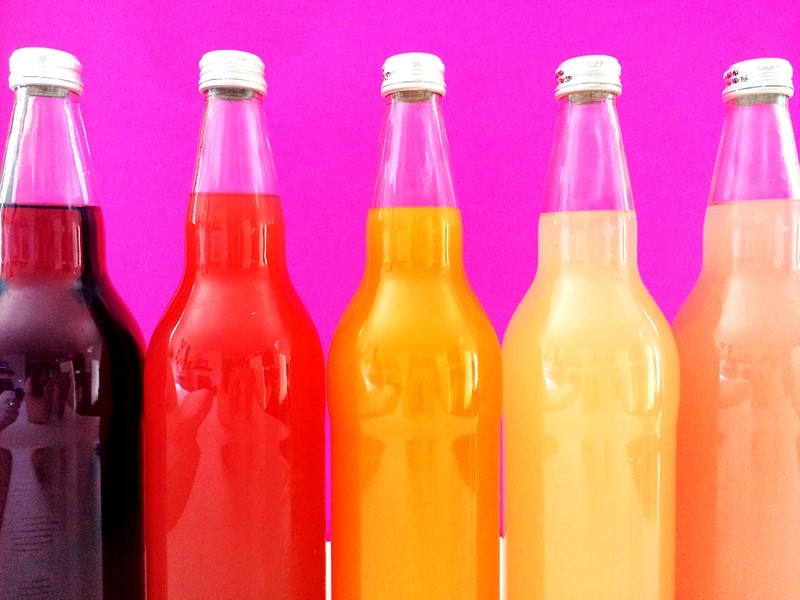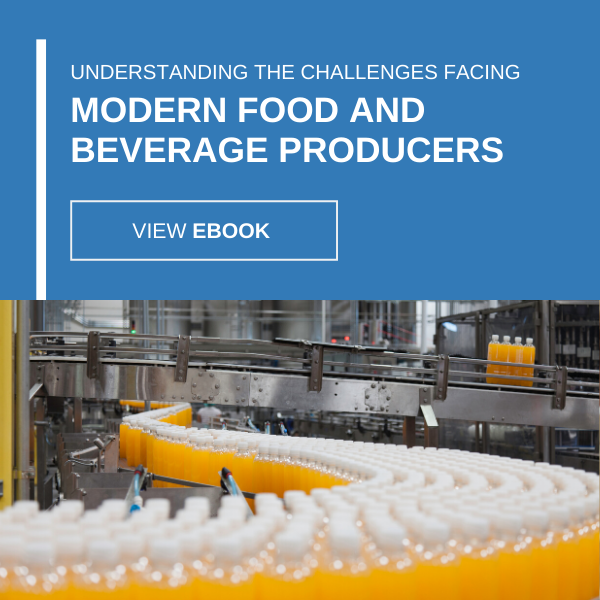
Meal Kits and Drink Taxes: Food and Beverage Complexity in 2017
The U.S. food and beverage industry will have a lot to chew on in 2017, but some challenges may be harder to swallow than others.
Rise of the meal kit
For families everywhere, the all-in-one complete meal in a box delivered to your doorstep seems too good to be true. And in a sense it is – according to a 2016 study from market researcher NDP Group, only 3 percent of adult consumers in the U.S. have actually tried meal kits. Granted, that’s still millions of people, not counting the millions more who will follow suit when big-name food companies join in on the venture. And they definitely will.
While many meal kit startups struggle to scale with a meteoric spike in demand over the last few years, their presence alone has irreversibly reshaped the food and beverage industry and revealed a value proposition for the F&B establishment. Another study performed by Fast Casual found millennials “are twice as likely as their older counterparts to have used a meal kit service within the last three months.” Meal kits have piqued the interest of the now largest generation of consumers. The industry will have to respond somehow. But is the meal kit phenomena more than a mouthful for F&B companies? Can their appetite for high profits be more than enough to digest this new market?
“Evolving operations to accommodate meal kits has already proven risky.”
Evolving operations to accommodate such a product and service has already proven risky. While big names in food and beverage may possess the capital to survive the disruption, this seemingly small shift in consumer demand actually affects the full length of the traditional supply chain, from sourcing ingredients all the way to end-user distribution. With so much in flux, the potential for profligate spending or exorbitant management costs are high.
Businesses that have subsisted for decades on legacy suppliers will have to forge new partnerships. Production teams may require new assets to prepare and package their own meal kits, or at the very least, contend with a slew of new machine changeovers in need of standardization and continuous optimization. Direct-to-consumer delivery will, in most cases, assuredly call for an expansion of current logistics network, reliance on a third party for that crucial last mile, recruitment, and job training. It is reasonable to expect the food and beverage industry to focus its attention on reducing costs for conventional operations while it works out the kinks in new processes. Only then can they rival popular meal kit startups and familiar competition also looking to adapt.
Fall of the sugary drink
In 2016, the World Health Organization released a study calling for a 20 percent tax hike on sugary drinks to significantly reduce consumption and thus prevent health conditions like obesity, diabetes, and tooth decay from corroding global health.

Sugary drink taxes will push beverage makers to think outside the bottle.
Even though opponents to the WHO’s recommendation cite lack of evidence that regulation will actually curtail consumption, cities in California and Colorado have instituted taxes, according to Food Business News. Sugary drink taxes have also come to vote several times over the years, albeit unsuccessfully, and F&B interests will no doubt challenge taxes as government overreach.
Nonetheless, beverage makers targeted by such taxes should prepare for the worst and hope for the best. Operational cost-cutting measures today could feasibly soften the blow from a steep drop in consumer demand and free up funds for innovating new products that appease the thirsty masses and their low-sugar standards. To start, beverage producers should map out their production lines and look for major areas of material waste. Use the milk industry as an example: Research from Design World Online revealed inefficient plant designs can lead to about 3 percent product losses daily. Business leaders should focus their attention on equipment cleaning operations and packaging, then continue on from there.





